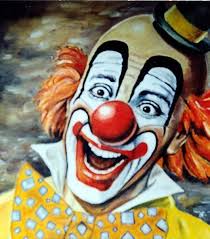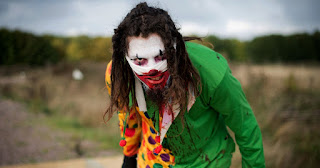 |
| Photo by Nick Abadilla Photography |
For being an independently published book, I'm more than pleased with the reception TIY has received. Reader response has been overwhelmingly positive. One of my original goals was to get this shadowy story out to the public with the facts as they are known. That I have done.
2017 is shaping up to be another busy year. Most of my book talks last year were in Southeastern Michigan around the Detroit area. Only now am I beginning to work the San Diego County market. Being able to drive to an appearance, give the talk, and return home cuts my overhead expenses considerably.
My talk at the San Carlos Public Library last Friday, January 27th, went quite well, and I have scheduled a number of others. I hope to add several more venues as I go along. Here is my schedule thus far:
- Friday, February 3rd - the LIFE @ San Elijo program at San Elijo Campus of MiraCosta College, 3333 Manchester Ave, Cardiff CA 92007. Building 200 is the most westerly on the campus. Parking permits aren't required on Friday afternoons, but please do not park in a spot marked “Staff.” 1:00 pm until 2:30 pm, Encinitas, Calfornia.
- Monday, February 6th - San Diego Educator Association (Ret.) featured speaker at their quarterly meeting luncheon at 11:30 am. San Diego, California.
- Saturday, March 11th - Tucson Festival of Books on the campus of University of Arizona at 2:00 pm. Meet and greet book signing at Wheatmark Publishing booth. Tucson, Arizona.
- Saturday, April 22nd - La Jolla Public Library, San Diego, California, from 2:00 pm until 3:00 pm.
- Thursday, May 11th - Ypsilanti District Library, Ypsilanti, Michigan, from 6:30 pm until 7:30 or 8:00 pm. This year's presentation will be different than last year's talk.
- Saturday, May 13th - Ann Arbor Barnes & Noble book signing, Washtenaw Avenue, Ann Arbor, Michigan, from 1:00 pm until 3:00 pm.
- Sunday, July 16th - Book Club of Detroit's First Annual Detroit Festival of Books at the Eastern Market from 10:00 am until 4:00 pm.
Since the presidental elections, the holidays, the inauguration, and the shifting of the setting sun, sales have moderated, but with the lengthening days, my outlook for 2017 is optimistic.












